Polished concrete and LVT (Luxury Vinyl Tile) are two popular choices among durable flooring options. Each brings distinct advantages depending on the space and style you have in mind.
While polished concrete offers strength and a modern finish, LVT provides design flexibility at a lower cost. This blog compares Polished Concrete vs. LVT across durability, aesthetics, cost, maintenance, and sustainability to help you choose the right flooring.
What Are the Key Differences Between Polished Concrete vs. LVT?
To understand the differences between Polished Concrete vs. LVT, let’s break down how each flooring type works.
Polished concrete is made by grinding and sealing an existing concrete slab until it shines. It is seamless, strong, and ideal for modern settings. LVT, or luxury vinyl tile, is made of synthetic materials that mimic natural finishes like wood, stone, or ceramic. It is affordable, comfortable, and comes in a variety of styles.
Here’s a quick comparison:
- Cost: LVT is typically more affordable than polished concrete.
- Durability: Polished concrete is more resistant to heavy loads and wear.
- Installation: LVT is easier and faster to install.
- Appearance: Polished concrete offers a sleek, industrial look, while LVT gives a warm, textured aesthetic.
- Maintenance: Both are considered low-maintenance flooring solutions but differ in care.
How Does Polished Concrete Compare to LVT in Terms of Durability?
When comparing durability, polished concrete is incredibly strong. It handles heavy foot traffic, rolling carts, and even industrial use. However, it can stain if not properly sealed and may require resealing every few years.
LVT is designed to resist scratches and dents, making it suitable for busy homes and offices. It is not as hard as concrete but offers a cushioned surface that is more forgiving on the feet. Over time, the wear layer may degrade, especially in high-traffic areas.
Both flooring types are durable, but polished concrete often lasts longer when maintained correctly. It’s a top choice for commercial floor durability, while LVT is suitable for moderate footfall.
Which Flooring Offers Better Aesthetic Appeal: Polished Concrete or LVT?
Concrete floor aesthetics have gained popularity due to their clean, modern look. Polished concrete delivers a glossy surface that reflects light and complements minimalist designs. You can also customize the level of sheen or expose decorative aggregates for visual interest.
LVT offers unmatched variety. You can choose from wood patterns, stone finishes, ceramic looks, and different textures. LVT adapts well to almost any interior style, from rustic to contemporary.
For a raw, urban appeal, polished concrete is ideal. If you’re looking for flexibility and warmth in design, LVT offers more options.
How Do Maintenance Requirements Differ Between Polished Concrete and LVT?
Both options are considered low-maintenance flooring solutions, but their needs differ.
Polished concrete requires routine cleaning with a dry mop and periodic damp mopping using neutral cleaners. To maintain the polished concrete finish, it should be resealed every few years depending on traffic.
LVT maintenance involves regular sweeping and occasional mopping with vinyl-safe products. If a tile gets scratched or damaged, it can be replaced individually, though color matching might be a concern over time.
LVT lifespan and care depend heavily on the quality of the product and the level of use. With proper maintenance, both floors perform well, but concrete needs less day-to-day attention once sealed.
Which Flooring Is More Sustainable: Polished Concrete or LVT?
In terms of sustainable flooring materials, polished concrete is often the greener choice. It uses the existing slab, so there’s no need for new materials. Its long lifespan also reduces replacement waste. Additionally, its reflectivity improves natural lighting, reducing the need for artificial lights.
LVT is lightweight and energy-efficient to transport. However, it is made from petroleum-based products and is not always recyclable. Some manufacturers are moving toward eco-friendlier vinyl options, but these are not yet standard across the industry.
From an environmental standpoint, polished concrete tends to have a smaller carbon footprint over time due to its longevity and low waste.
Wrapping Up: Which Flooring Option is Best for Your Space: Polished Concrete vs. LVT?
When comparing Polished Concrete vs. LVT, your final decision depends on your space, budget, and long-term goals.
Polished concrete is best for spaces that need high durability, modern aesthetics, and long-term performance. It shines in commercial environments, basements, lofts, and minimal homes.
LVT suits homes and offices where comfort, design flexibility, and budget matter. It’s easy to install and maintain, offering excellent value for short to medium-term use.


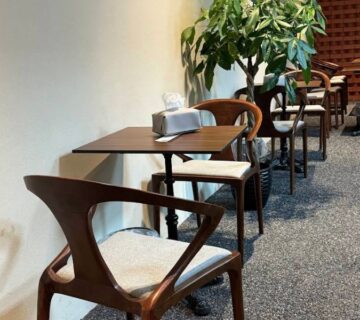
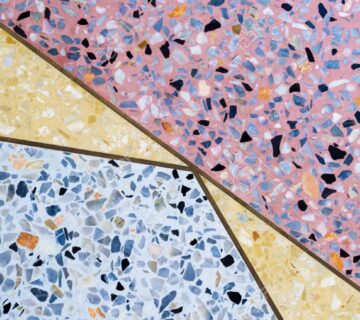
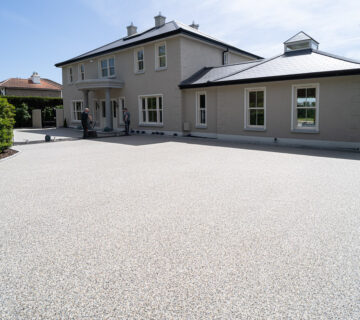
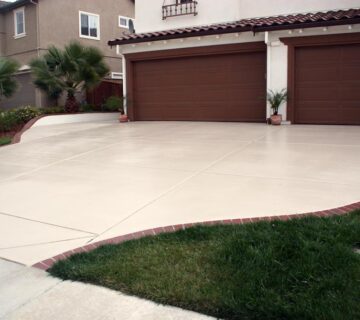

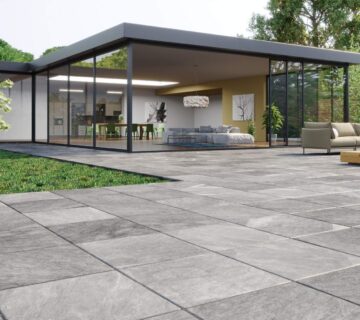
No comment